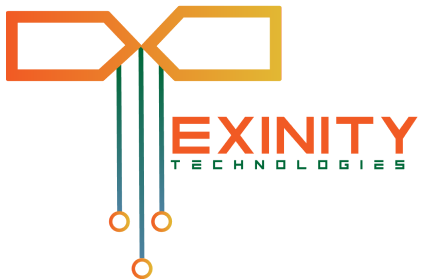
3D Printers in Medical Applications
Every product that is in process of its production or had been already produced has pretty much pros
-Aimen Saeed Bhatti
3D Printers in Medical Applications
Types of 3D Printers Used in Medical Applications
3D Printers:
Three-Dimensional Printing (3D) also known as Additive Manufacturing (AM) is a manufacturing modus operandi in which several objects are made by amalgamating materials such as plastic, ceramics, powders, etc in layers to produce a 3D object.
Types of 3D Printers:
Every product that is in process of its production or had been already produced has pretty much pros and cons for sure. The type of 3D printer determines the material used for the production of an application and sways the bonded layers in the final product.
The three most commonly used 3D printer technologies in medical applications include:
Selective Laser Sintering
Thermal Inkjet Printing
Fused Deposition Modeling
We’ll discuss the properties of these 3D printers briefly.
1. Selective Laser Sintering:
Selective Laser Sintering (SLS) is an industrial 3D printing process that produces rapid products. It uses powdered material as a substrate for printing new products. The laser is used to draw up the shape of the desired product on powder, fusing it together. The same process is repeated and layers and layers are built up, one after another for the product production. It creates highly durable products and forms products in a maximum of 1 day. Laser sintering can be used to make plastic, metal, and ceramic products. It also saves post-processing time.
2. Thermal Inkjet Printing:
Thermal Inkjet Printing is done by the deposition of ink droplets onto the substrate in accordance with the digital instructions. This type of 3D printing is way much costly but worth the products formed. It is an inkless mechanism that uses heat to create imprints. It lasts over years so investing in these printers would be thoughtful. Also, these printers are used for bioprinting. Bioprinting is basically based on the principles of Thermal Inkjet Printing which enables the printing of such complex, complicated yet precise sections of living tissues on the culture substrates utilizing cells as bio-inks. TIJ printers are so promising for use in tissue engineering and regenerative medicine. They may also prove ideal for other sophisticated uses.
3. Fused Deposition Modeling:
Fused Deposition Modelling (FDM) uses a thermoplastic polymer in a filament form to create three-dimensional objects. Beads of heated plastic are emitted from printheads. The process is repeated frequently. The filament is pushed into the hot extruder. Layers and layers are built up one after another. The layers cool down and further process is followed up to create a new object. FDM can use a variety of plastics. Each layer of plastic hardens yet aiding in the production of an object. FDM is comparatively more common and an inexpensive printing technology than the SLS type. The printhead used by FDM is similar to that of the inkjet printer. 3D FDM printed parts are often made from the same thermoplastics that are used in traditional injection molding or machining. That’s why they have similar stability, durability, and mechanical properties. FDM is used for fabricating customized patient-specific medical devices, such as implants, prostheses, surgical guides, etc.
Posted By: Aimen Saeed Bhatti
Posted On: 21 March, 2022